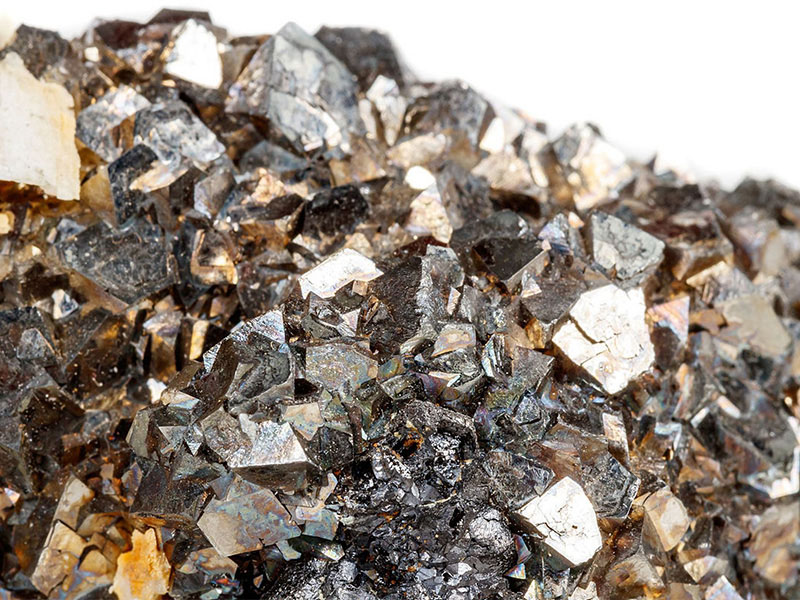
09月

What is a single crystalCommon preparation methods for single crystals
Common preparation methods for single crystal growth include Czochralski method, volatilization method, crucible descent method, zone melting method, solution growth, directional solidification method, etc.< 1. Czochralski method (CZ method for short)
Principle: Czochralski method, also known as pulling method, is a method of heating and melting the raw materials that make up the crystal in a crucible, pulling the melt with a seed crystal on the surface of the melt, and under controlled conditions, rearranging atoms or molecules continuously at the interface between the seed crystal and the melt, gradually solidifying as the temperature decreases to grow a single crystal< Method: First, place the raw material of the crystal to be grown in a high-temperature resistant crucible and heat it to melt. Adjust the temperature field inside the furnace to keep the upper part of the melt in a supercooled state; Then place a seed crystal on the seed crystal rod and let it contact the surface of the melt. After the surface of the seed crystal is slightly melted, pull and rotate the seed crystal rod to make the melt in a supercooled state and crystallize on the seed crystal. During the continuous pulling and rotation process, cylindrical crystals are grown< The pulling method is a commonly used technique for growing crystals from a melt. This method can be used to extract various crystals, such as monocrystalline silicon, scheelite, yttrium aluminum garnet, and uniformly transparent ruby< 2. Evaporation method Principle: By relying on the continuous evaporation of the solution, the solution is brought from unsaturated to supersaturated state< Condition: Solid can dissolve in relatively volatile organic solvents. Theoretically, all solvents can be used, but generally 60-120 ℃ is selected< Attention: Different solvents may produce different single crystal structures. Method: Dissolve the solid in the selected organic solvent, sometimes heating can be used to completely dissolve the solid, cool to room temperature or add solvent to make it unsaturated, filter, seal, and let it stand for cultivation< 3. Diffusion method Principle: Using two completely miscible organic solvents with significantly different boiling points. Solids are easily soluble in high boiling point solvents, but difficult to dissolve or insoluble in low boiling point solvents. In a sealed container, the low boiling point solvent evaporates into the high boiling point solvent, reducing the solubility of the solid, thereby precipitating crystal nuclei and growing into a single crystal. Liquid, etc. Generally, solvents that are difficult to evaporate, such as DMF, are selected, DMSO, Glycerol and even ions
[2] 。< Condition: Solid has a high or high solubility in non-volatile solvents, and is insoluble or insoluble in volatile solvents. Experience: The higher the solubility of solids in non-volatile solvents, the better. During cultivation, the solid must reach saturation or near supersaturation in high boiling point solvents [2]< Method: Heat the solid and dissolve it in a high boiling point solvent, close to saturation, place it in a sealed container, add a volatile solvent to the sealed container, seal it well, and let it stand for cultivation